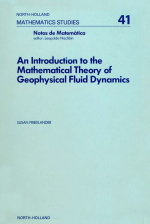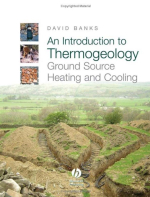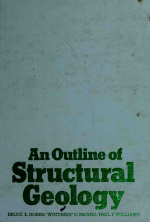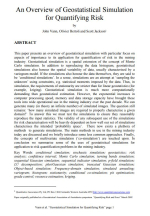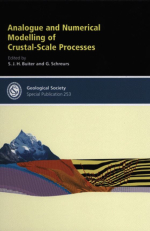The purpose of this book is to present a broad overview of mineralogy. Although usually associated with geology, mineralogy is really a stand-alone discipline in its own right that weaves itself into such diverse fields as art, chemistry, forensic and soil science, wine production, and health-related issues, to name only a few. While this book is geared toward mineralogy and its apply in geology, it will also address mineralogy as a discipline in itself, and show you how it relates to the other sciences, art, and everyday life.
Written primarily for chemists, physicists, engineers, and students in technical colleges and universities, this book provides a first introduction to general information on mineralogy and its own properties in soils. The other properties of minerals are also presented, in the latter chapters.
This book is a product of many authors and their rich experience in researching and teaching mineralogy; in writing it, it was assumed that the reader will have a reasonable knowledge of the nature of minerals.


